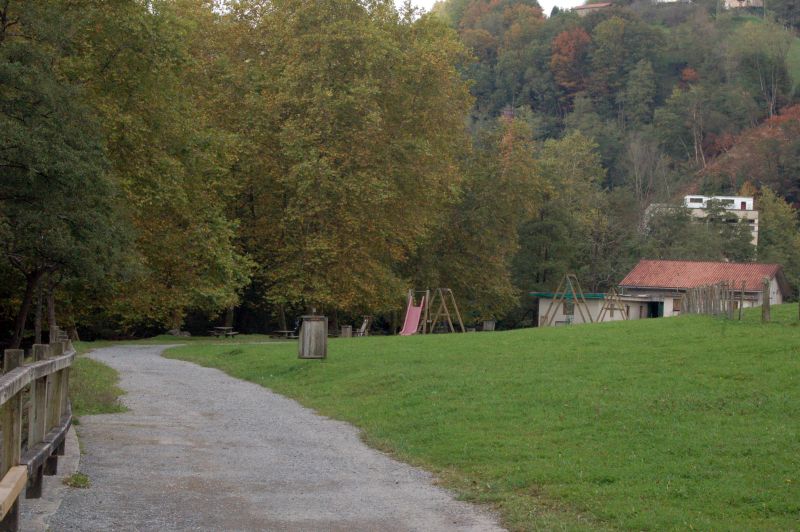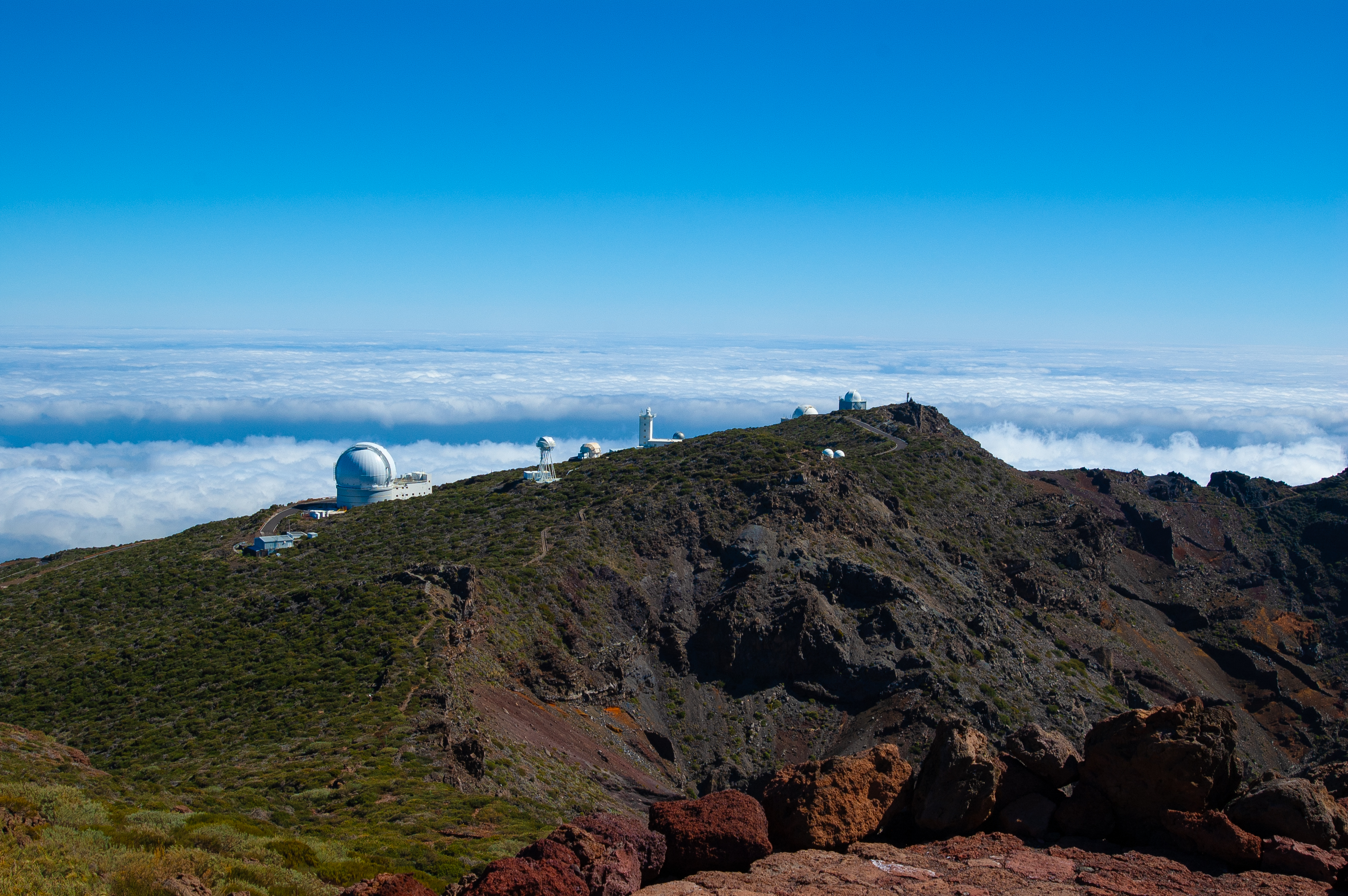
Puntos de Interés

Orography
Roque de los Muchachos

The Roque de los Muchachos stands as the highest point on the beautiful island of La Palma, reaching an impressive elevation of 2,428 m above sea level. This imposing rock formation, located between the municipalities of El Paso and Garafía, stands out as the second highest peak on the Canary archipelago, surpassed only by the Peak in Tenerife, and is one of the most prominent peaks in the Atlantic archipelagos, closely followed by the Peak in the Azores, Portugal.
The name Roque de los Muchachos is due to its unique shape, made up of a series of small rocks that rise approximately three metres and resemble a group of boys. This natural monument is one of the most outstanding points of La Palma and closes the Caldera de Taburiente on its northern face, marking its presence thanks to its unique geological formation. Its genesis is attributed to the intense thrust of deep magma over lava flow forms, which, when uplifted and fractured, gave rise to this unique structure. Subsequently, the rest of the massif disappeared into the depression we now know as the Caldera de Taburiente, the result of large landslides and water erosion. This iconic area borders the municipality of El Paso and geologically supports its peaks within La Caldera de Taburiente. At the summit you can also visit the Roque de los Muchachos Visitor Centre, whose aim is to raise awareness of the importance of astronomy on the island of La Palma, thus promoting its natural and cultural heritage.
The Roque is home to the renowned Roque de los Muchachos Astrophysics Observatory, taking advantage of its exceptional climate and high altitude to offer an environment conducive to astronomical observation. From its summit, you can enjoy panoramic views of the islands of Tenerife, La Gomera and El Hierro on clear days.
Access is via the LP-4 road, which connects both the east and west of the island. It also connects with various trails that form part of the island network, as well as the paths to the Olén and Nueva springs, which served as natural watering places for cattle during their summer journeys in search of the fresh and abundant pastures of this elevated region.
This impressive rock, backed by geological structures of Los Andenes and Hoya Grande, in Garafía, not only stands out for its geological importance, but also for the conservation of a rich flora that includes emblematic species such as Echium aculeatum, Echium gentianoides and Teide violet (Viola cheiranthifolia).


